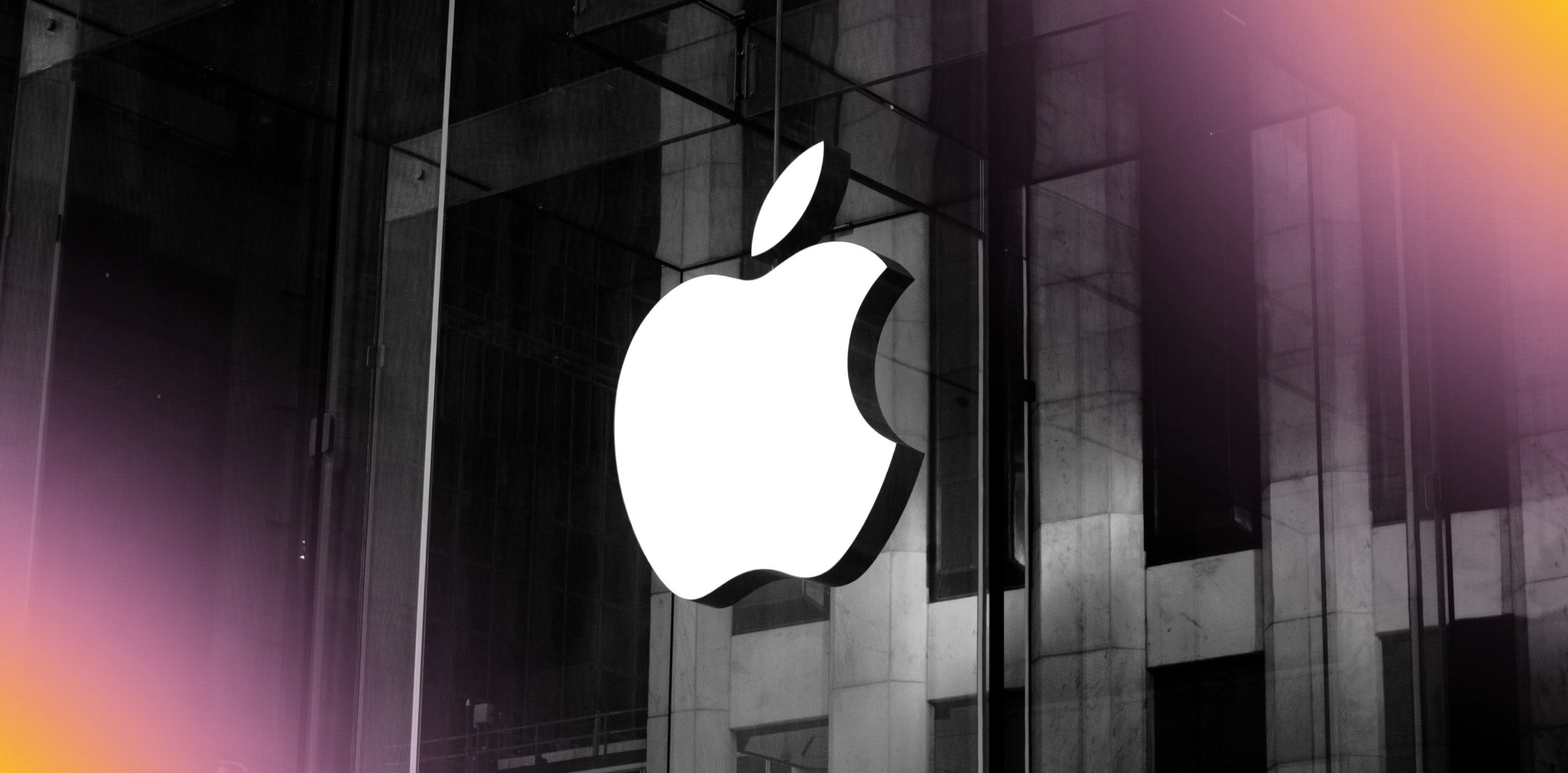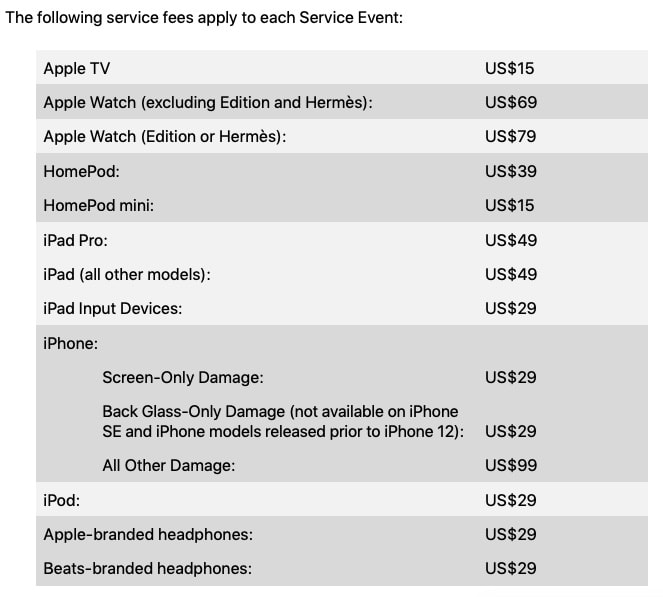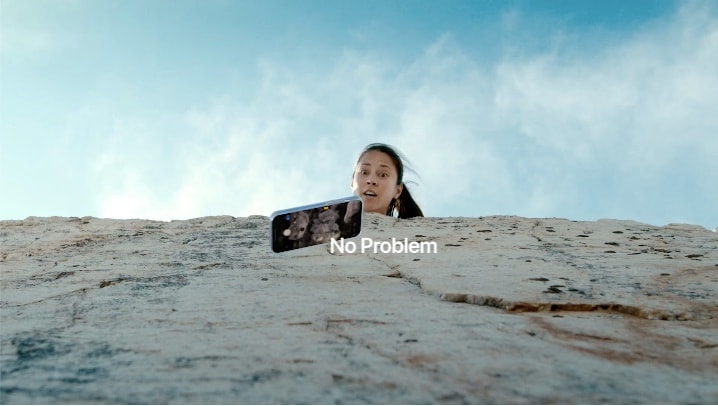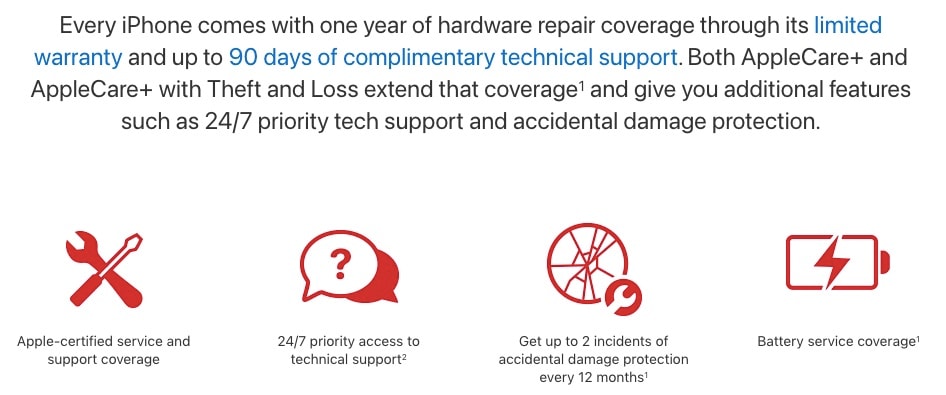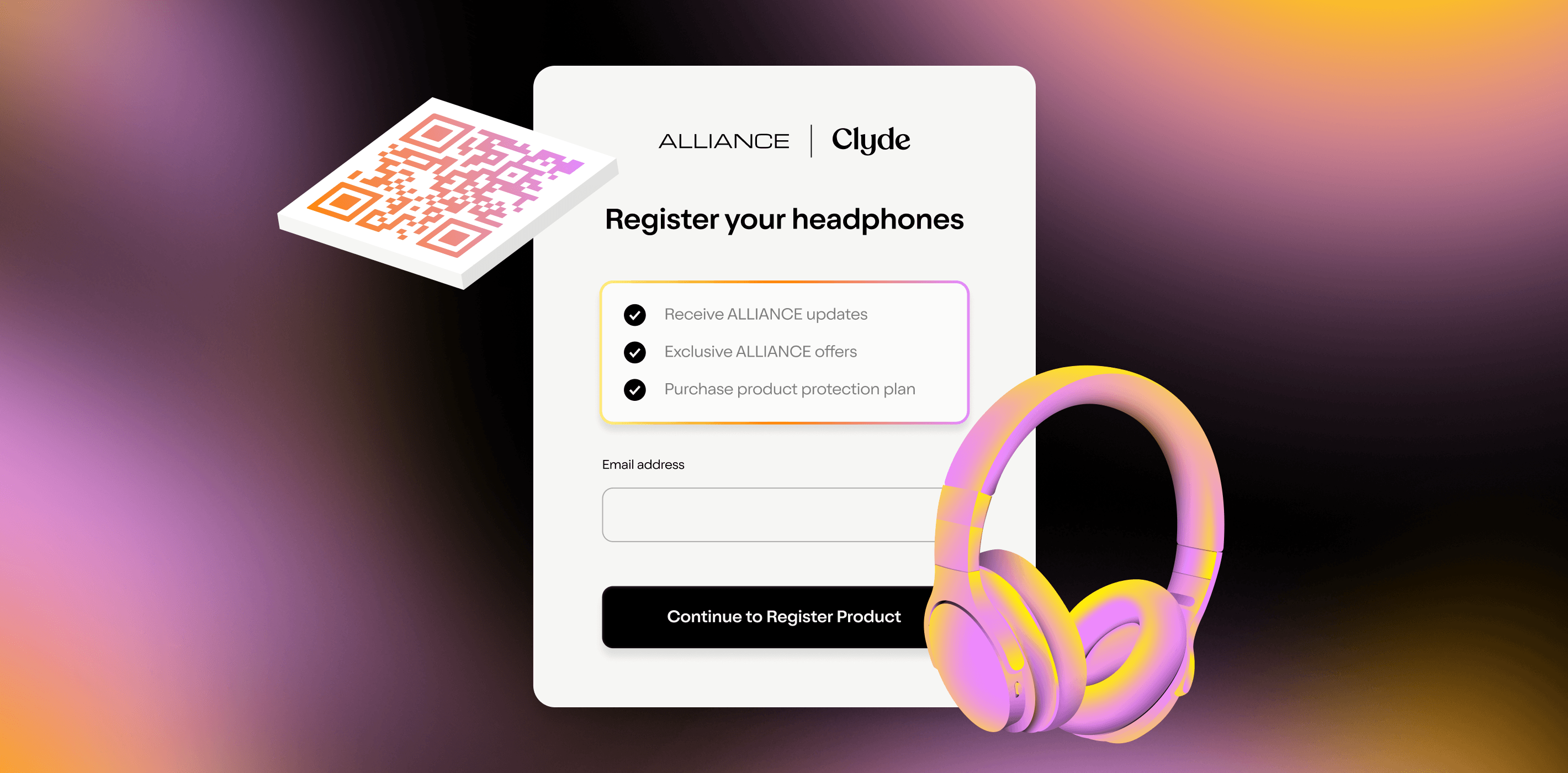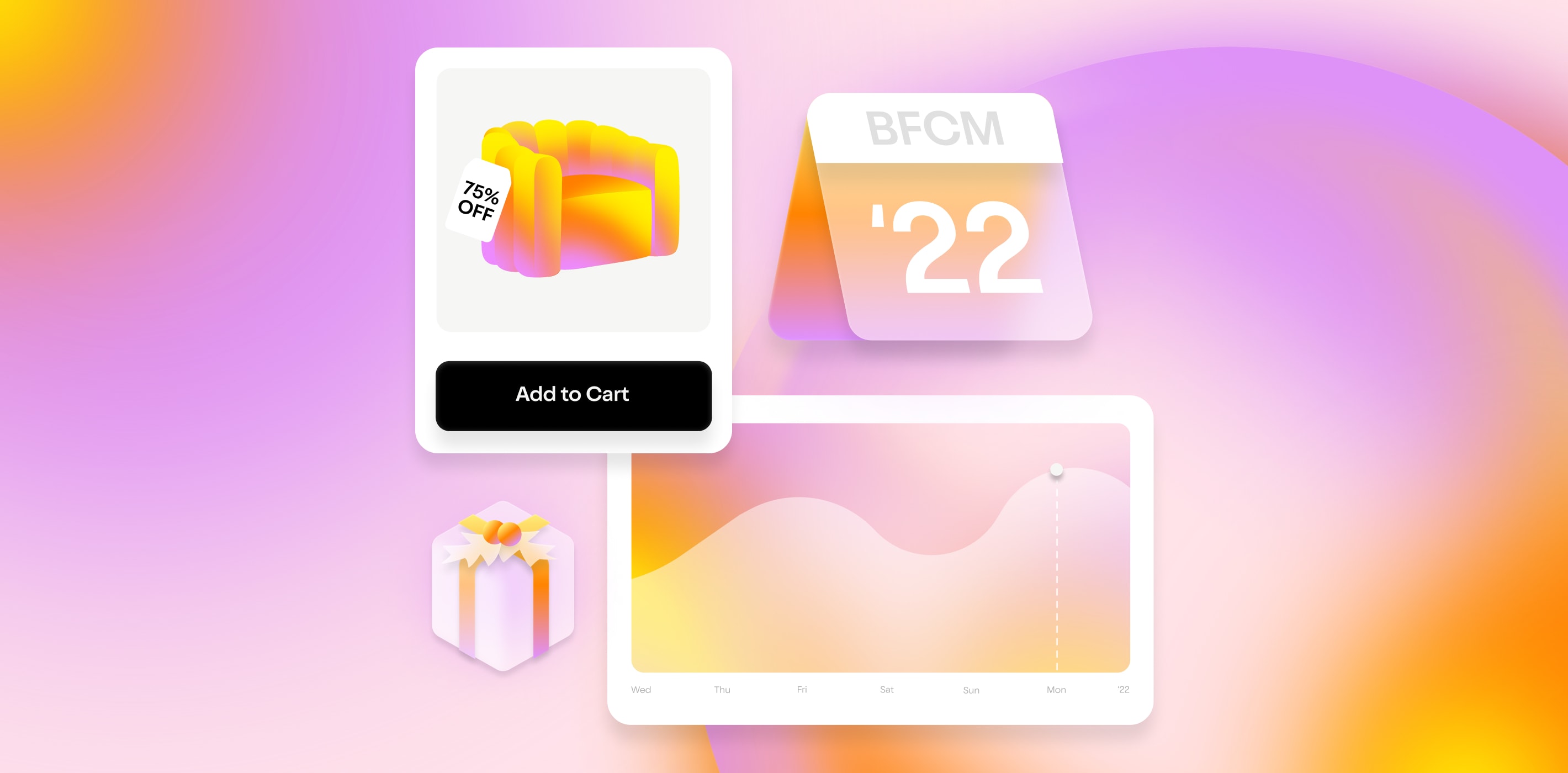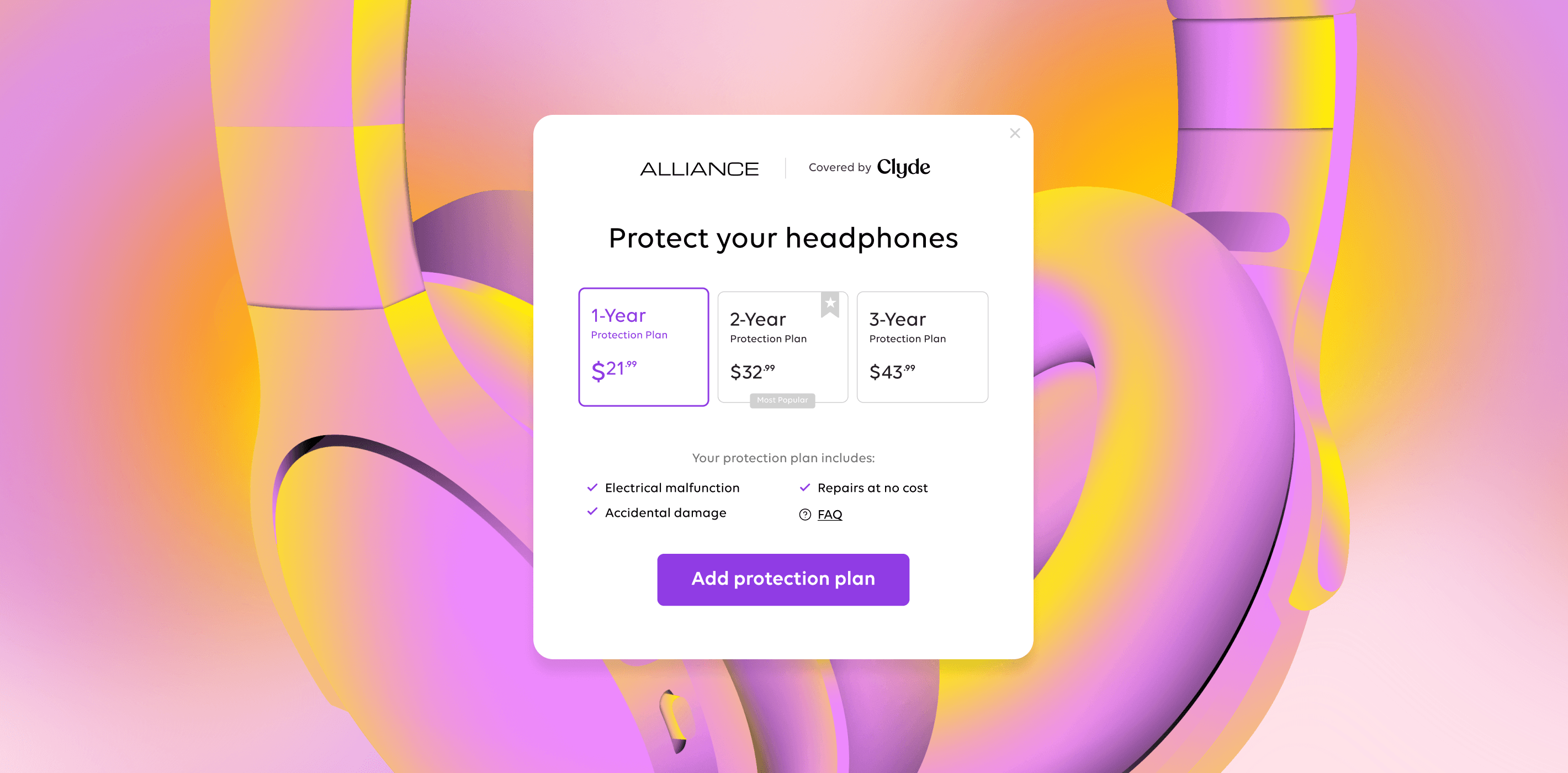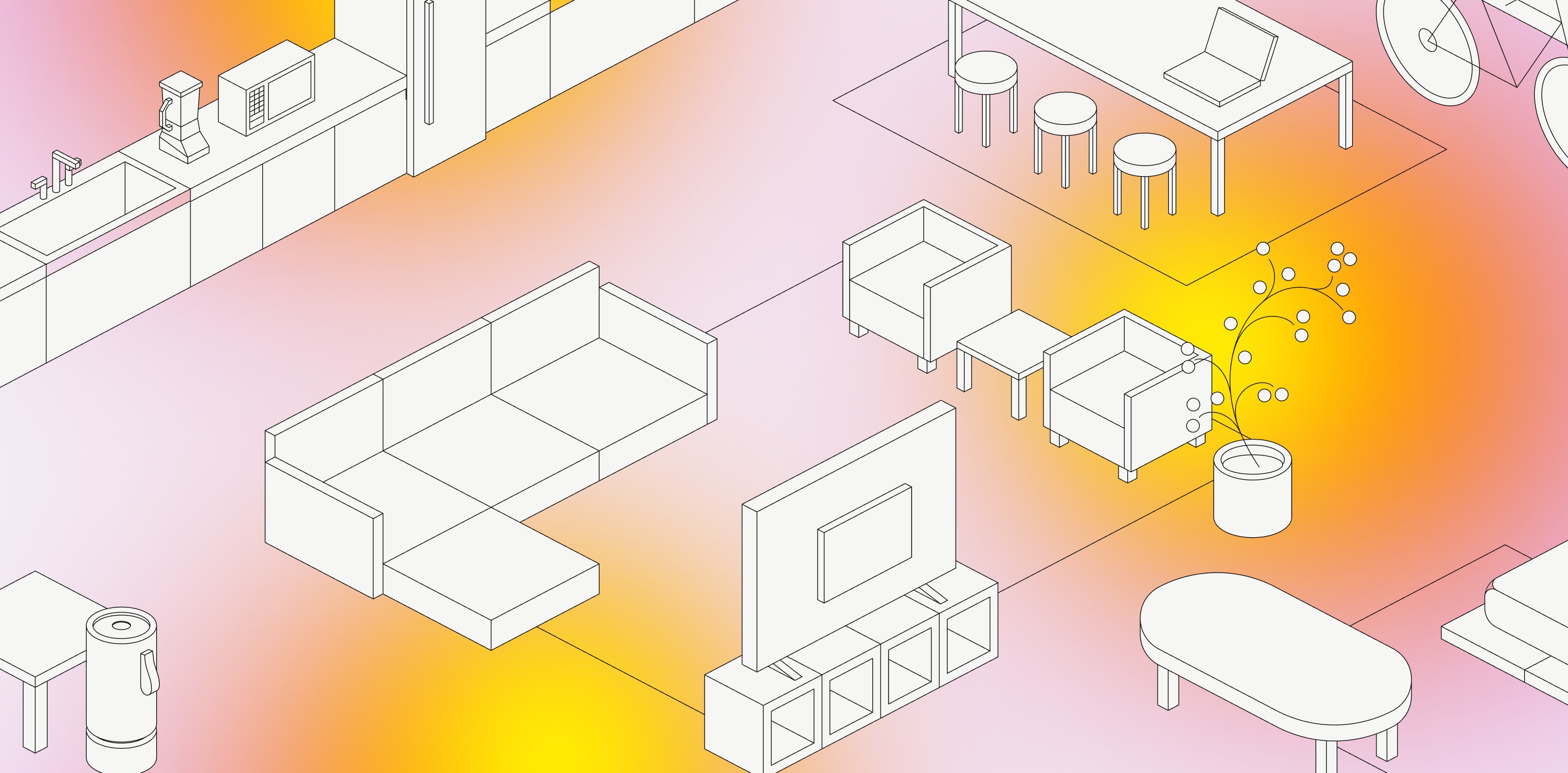Why AppleCare has been so successful — and what you can learn from that
When you think of facial tissues, you probably think of Kleenex. For lip balm, you might say Chapstick. And for extended warranties, you might go straight to AppleCare.
A trademarked product or brand name that becomes a generic term is called a proprietary eponym , and there are a lot of them. AppleCare hasn’t officially replaced “extended warranty” in our regular lexicon yet — it’s a few decades behind Tupperware standing in for food storage containers, for instance — but it’s getting close.
AppleCare is the single biggest extended warranty program in the world, per Warranty Week analysis . And it’s only growing.
AppleCare sales rose 20% to $8.5 billion in 2021. As people were buying more Apple technology to get them through extended lockdowns and work-from-home orders, they were also deciding to protect that technology through an AppleCare plan.
The extended warranty option, which makes getting service or repairs for damaged products simple — more on that in a minute — has become so popular that it has even won over skeptics.
A tech columnist writing about AppleCare’s expansion for Inc . explained it like this: “I don't buy extended warranties on anything, but I buy AppleCare.”
How can your brand and your extended warranty program earn that kind of customer loyalty and satisfaction?
Let’s dig into the AppleCare story and setup to find out.
How AppleCare works
When you buy an Apple hardware product, like a Mac, an iPad, or an Apple TV, among others, it usually comes with a one-year limited warranty and up to 90 days of complimentary technical support.
That limited warranty is, by definition, limited. Looking at the limited warranty available to U.S. buyers of the Apple Watch , for instance, the following things are excluded:
Consumable parts like batteries
Cosmetic damage like scratches
Damage caused by accidents
Normal wear and tear
The limited warranty pretty much just includes “defects in materials and workmanship when used normally in accordance with Apple’s published guidelines.”
Now, let’s look at the AppleCare options for the same product. (And a note: AppleCare is now called AppleCare+, but for simplicity’s sake, we’ll refer to the program as AppleCare throughout this article.)
AppleCare for the newest Apple Watch would run you $3.99/month or $79 for two years. The following things are included:
The same “defects in materials and workmanship” as the limited warranty
Two fixes every 12 months in the case of accidental damage protection (each fix costs an additional $69 per repair) (learn more about what offering accidental damage from handling means)
Battery repair if the battery drops below 80% of original capacity
Options to bring products in to Apple Stores or Apple Authorized Service Providers for repair, or to ship them in (and be shipped back a replacement device while you wait)
Like with other extended warranty programs, including those offered by Clyde , customers have a limited time period in which they can purchase AppleCare after purchasing a qualifying device. In most countries and for most products, it’s 60 days, though in 2020 some Apple products’ enrollment periods were extended to up to a year.
How AppleCare has evolved
AppleCare first began being mentioned in Apple press releases around 2002 . Back then, the company offered standalone “AppleCare Service Parts Kits” as well as the “AppleCare Professional SupportLine and Tools program.”
By 2003, when Apple introduced the 12-inch PowerBook and the eMac line , their extended warranty program had been upgraded to the official-sounding AppleCare® Protection Plan.
The program stayed that way through the introduction of the Macbook Pro in 2009.
In 2011 , Apple introduced AppleCare+ for the iPhone, which went beyond traditional extended warranties by also including accidental damage from handling, or ADH. ADH covers occasions when product owners damage their phones through use, like dropping it and shattering the screen, as opposed to failures with the hardware itself. Repairs were initially available twice over the course of the two-year period of coverage, and cost a $49 service fee each time.
In 2018 , Apple added a Theft and Loss AppleCare option to American iPhone buyers, charging around $15/month for it. It covered iPhones that were stolen so long as users had location tracking with the Find My application activated. Replacements aren’t free — they cost $149 — but considering that new iPhones can run up to $1,000 for the iPhone 13SE, it makes sense for some consumers.
Apple expanded coverage again in 2020 , when they increased the amount of in-case-of-accident repairs to two a year, versus two every two years. That change applied not just to iPhone coverage but also to AppleCare plans for Macs, AirPods, Apple Watches, and other products. They also changed the service fees:
In 2022 , Apple expanded their Theft and Loft option to include buyers in other countries. Now people in the U.S., Australia, France, Germany, Italy, Spain, Japan, and the United Kingdom can buy the coverage.
AppleCare will likely continue to evolve — which is lesson one that you can take from the tech giant and apply to your own extended warranty program.
4 lessons to learn from AppleCare
1. AppleCare continues to evolve.
The extended warranty program that Apple first offered is not the same program they are running today.
They’ve added accidental damage coverage and theft and loss coverage, as well as a subscription payment option. They’ve shepherded new products into their program. And they’ve evolved the way they repair and replace products.
When it comes to adding an extended warranty program to what you’re offering your customers, keep this first lesson in mind — what you or your customers need may change. Pick a warranty partner that will be there to help at every step along the way.
2. AppleCare focuses on providing peace of mind.
Some retailers don’t love the idea of extended warranties because it feels like it means they doubt the longevity of their products.
But Apple doesn’t. They know that warranties are about customer love and peace of mind — not fear .
Just look at the AppleCare video on their extended warranty program’s home page .
It features a runner striding through a forest, then reaching the end of the trail at the top of the mountain and setting up her iPhone to take a selfie. She uses her Apple Watch to activate the self timer but then…her phone slips and takes a tumble down the mountain.
“No problem,” indeed. She’s covered by AppleCare, so she gets a new phone sent to her house and is soon back out on the trail.
Even if you don’t have Apple’s marketing budget, you can emulate their approach by focusing on highlighting that extended warranties are about coverage in case it’s needed.
3. AppleCare includes accidental damage from handling.
As highlighted in the video, iPhone users —and other Apple product owners — are covered even if they break their products through misuse or accident. Not all extended warranties include that, but offering that coverage, even if at a higher customer cost, can go a long way in making customers feel cared for.
Apple only began offering accident coverage in 2011 . So if you don’t have an extended warranty program yet, you can jump ahead and include that from the start.
4. AppleCare users clear, common-sense language.
Like any insurance product, AppleCare coverage does have specific legal language associated with it.
But Apple works hard to simplify that language so that customers have a clear sense of what’s included and how AppleCare works.
For instance, in explaining how AppleCare for the iPhone works, Apple states what comes included with every purchase (a year of hardware repair and 90 days of technical support) versus what its two extended warranty options, one of which covers theft and loss, cover. Simple picture diagrams are easy to understand
Communication matters when it comes to your extended warranty offering. Clyde uses common-sense language and gives customers access to an easy-to-use web portal where they can quickly access their purchases, protection plans, and claims.
Providing great, dependable extended warranty coverage
A bonus thing to learn from the AppleCare story? The importance of meeting — and even exceeding — customer expectations, especially when something goes wrong.
Being there to provide a repair or a replacement can turn a painful experience into a pleasant one.
Give your customers peace of mind with Clyde’s ownership enrichment platform, from extended warranties to product registration to claims coverage. Set up a demo today .
SIGN UP FOR OUR NEWSLETTER
